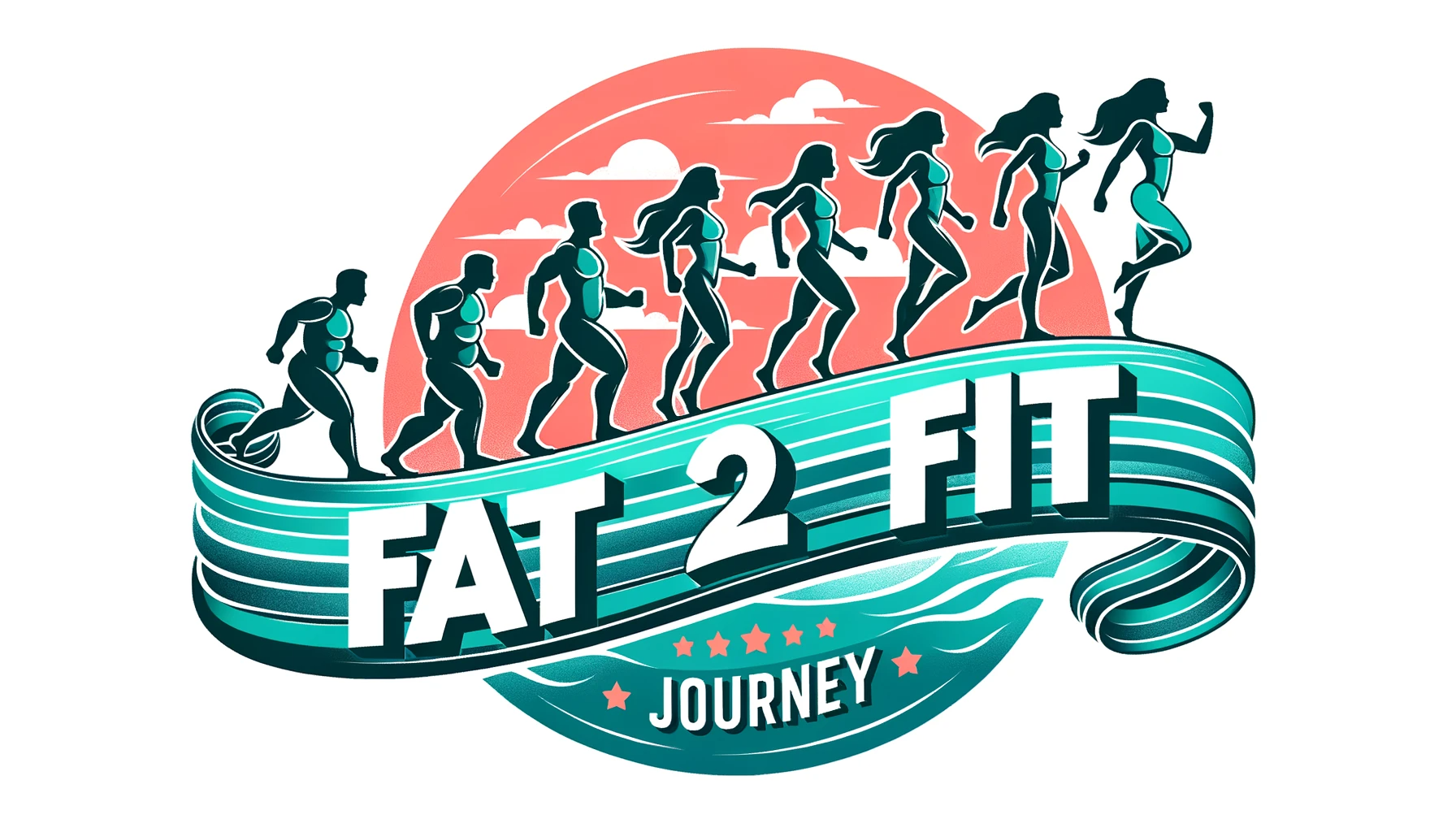Have you ever wondered if there’s a diet out there that can help you achieve optimal health and wellness without feeling like you’re sacrificing everything you love to eat? Look no further than The Zone Diet. This revolutionary approach to eating focuses on balancing your meals to regulate hormones, control inflammation, and stabilize blood sugar levels. With an emphasis on consuming the right proportions of protein, carbohydrates, and fats, The Zone Diet can not only help you shed those extra pounds but also improve your overall well-being. Get ready to discover a whole new way of eating that will leave you feeling satisfied and energized throughout the day.
Table of Contents
What is the Zone Diet?
Overview
The Zone Diet is a popular and highly-regarded dietary program that focuses on achieving the right balance of macronutrients to optimize overall health and wellbeing. Developed by Dr. Barry Sears in the 1990s, the Zone Diet has gained a loyal following for its ability to promote weight loss, control blood sugar levels, enhance heart health, and improve athletic performance. By adopting the principles of the Zone Diet, individuals aim to achieve and maintain a state of nutritional balance in order to optimize their body’s performance.
Principles of the Diet
The Zone Diet revolves around the concept of achieving a balanced ratio of macronutrients in every meal. The diet emphasizes the consumption of lean proteins, healthy fats, and low-glycemic carbohydrates in specific proportions. By adhering to a 40-30-30 ratio of carbohydrates, proteins, and fats, respectively, the Zone Diet seeks to control insulin levels and reduce inflammation in the body. These principles are designed to regulate the body’s hormonal responses and promote overall wellness.
Origins and Development
The Zone Diet was developed by Dr. Barry Sears, a biochemist and researcher, who sought to create a dietary program that could optimize health and weight management. Inspired by his research on the hormonal effects of food, Dr. Sears formulated the Zone Diet to control insulin levels, reduce inflammation, and promote optimal health. Since its inception in the 1990s, the Zone Diet has gained recognition and popularity, attracting a wide range of followers who aim to achieve improved health and wellbeing.
How the Zone Diet Works
Balancing Macronutrients
The key to the Zone Diet’s effectiveness lies in achieving the right balance of macronutrients in each meal. This means consuming 40% of calories from carbohydrates, 30% from proteins, and 30% from fats. By focusing on the quality and proportions of these macronutrients, the Zone Diet aims to regulate hormonal responses and maintain stable blood sugar levels, thus optimizing overall health.
The Importance of the 40-30-30 Ratio
The 40-30-30 ratio of carbohydrates, proteins, and fats in the Zone Diet plays a crucial role in controlling insulin levels. By consuming a moderate amount of carbohydrates and proteins while including healthy fats, the body’s response to insulin is regulated, preventing spikes and crashes in blood sugar levels. This optimal ratio helps individuals feel more satisfied after meals, reducing hunger and cravings throughout the day.
Benefits of the 40-30-30 Ratio
The Zone Diet’s 40-30-30 ratio offers multiple benefits to those who adopt it as their eating regimen. By reducing inflammation, stabilizing blood sugar levels, and regulating hormonal responses, individuals may experience improved energy levels, enhanced mental clarity, and a greater sense of satiety. Furthermore, this macronutrient balance is believed to aid in weight loss, promote muscle growth, and improve overall body composition.

Creating Zone Meals
Choosing the Right Foods
When following the Zone Diet, it is crucial to select foods that align with the principles of the program. Emphasis is placed on consuming lean proteins, such as chicken, fish, and tofu, along with non-starchy vegetables and fruits. Healthy fats, including avocados, nuts, and olive oil, are also encouraged. Additionally, carbohydrates with a low glycemic index, such as whole grains and legumes, should be chosen over refined sugars and processed foods.
Portion Control
In addition to selecting the right foods, portion control is key in the Zone Diet. By measuring food portions carefully, individuals can ensure they are consuming the appropriate amount of each macronutrient. This can be achieved with the help of visual aids, such as the “hand-eye method,” which involves using one’s hand to estimate the appropriate portion sizes of proteins, carbohydrates, and fats.
Meal Planning and Timing
To fully optimize the benefits of the Zone Diet, meal planning and timing play vital roles. By spreading meals and snacks throughout the day, individuals can maintain a constant balance of macronutrients, preventing energy crashes and promoting stable blood sugar levels. Incorporating a variety of foods into meals and snacks is also advisable, allowing individuals to enjoy a well-rounded and satisfying diet.
Sample Zone Meals
Breakfast
A typical Zone Diet breakfast might include a vegetable omelet made with egg whites, spinach, bell peppers, and a small amount of low-fat cheese. This can be paired with a serving of whole grain toast and topped with a small amount of avocado or olive oil. Alternatively, a protein-rich smoothie made with low-fat Greek yogurt, berries, and a tablespoon of almond butter can provide a quick and nutritious start to the day.
Lunch
A balanced Zone Diet lunch could consist of a grilled chicken breast served on a bed of mixed greens, accompanied by a variety of non-starchy vegetables, such as cucumbers, tomatoes, and carrots. To add healthy fats, a side of avocado or a sprinkle of nuts can be included. Alternatively, a serving of grilled salmon with quinoa and steamed broccoli can offer a satisfying and nutrient-dense meal.
Dinner
For dinner, a Zone Diet-friendly option could be a lean beef stir-fry with broccoli, snow peas, and bell peppers, seasoned with low-sodium soy sauce and ginger. This can be served over a small portion of brown rice or whole wheat noodles. Another option is grilled shrimp skewers with grilled zucchini and a side of quinoa. Adding a small amount of olive oil or avocado can provide the necessary fats to achieve the 40-30-30 ratio.
Snacks
Zone Diet snacks should be small, balanced, and include a combination of carbohydrates, proteins, and fats. Examples include a handful of raw almonds with a piece of fruit, a small serving of Greek yogurt with mixed berries, or celery sticks with hummus. By incorporating these snacks between meals, individuals can maintain stable blood sugar levels and avoid overeating during main meals.

Exercise and the Zone Diet
Recommended Exercise Routine
The Zone Diet encourages regular physical activity as an essential component of optimizing overall health. Engaging in a balance of cardiovascular exercises, such as running or cycling, and strength training exercises, such as weightlifting or bodyweight exercises, can help improve physical fitness and maintain muscle mass. Aim for at least 150 minutes of moderate-intensity exercise or 75 minutes of vigorous exercise per week.
Effect of Exercise on Hormones
Exercise has a profound impact on hormonal responses within the body, which aligns with the principles of the Zone Diet. Physical activity stimulates the release of endorphins, which can improve mood and reduce stress levels. Additionally, exercise enhances insulin sensitivity, thus promoting better blood sugar control and optimizing the effects of the Zone Diet.
Combining Exercise and Zone Meals
To maximize the benefits of exercise while following the Zone Diet, it is important to consider post-workout nutrition. Consuming a balanced meal or snack within 30 minutes after exercising can aid in recovery and muscle repair. Optimal post-workout choices may include a protein shake, a mix of lean protein and carbohydrates, or a small serving of low-fat dairy with fruit.
Benefits of the Zone Diet
Weight Loss
The Zone Diet’s emphasis on balancing macronutrients and controlling insulin levels has been shown to support weight loss. By promoting satiety and reducing hunger, individuals are less likely to overeat and consume excessive calories. Additionally, the stabilization of blood sugar levels helps prevent spikes and crashes, leading to more consistent energy levels throughout the day. Over time, these factors contribute to gradual and sustainable weight loss.
Blood Sugar Control
One of the key benefits of the Zone Diet is its ability to regulate blood sugar levels. By focusing on low-glycemic carbohydrates and the appropriate balance of macronutrients, the diet helps prevent sharp rises and falls in blood glucose levels. This is particularly beneficial for individuals with diabetes or those who are at risk of developing insulin resistance.
Heart Health
The Zone Diet’s emphasis on consuming heart-healthy fats and lean sources of protein can have a positive impact on cardiovascular health. By including sources of omega-3 fatty acids, such as fatty fish and walnuts, the diet promotes a healthy lipid profile and may help reduce the risk of heart disease. Additionally, the reduction of inflammation in the body, achieved through the Zone Diet’s principles, can further benefit heart health.
Improved Athletic Performance
The Zone Diet’s balanced macronutrient ratios can support optimal athletic performance. By providing the body with the necessary carbohydrates for energy, proteins for muscle repair and growth, and healthy fats for overall wellbeing, individuals following the Zone Diet may experience improved stamina, faster recovery, and enhanced athletic output. This makes the diet appealing to athletes and individuals engaged in physical activities.

Potential Drawbacks and Considerations
Restrictive Nature of the Diet
While the Zone Diet offers numerous health benefits, some individuals may find it restrictive. The emphasis on measuring and carefully balancing macronutrients in each meal can be challenging and time-consuming for those with busy lifestyles. Additionally, the limited portion sizes and specific food choices may require adjustments to social situations and dining out, which can be difficult for some.
Adjustment Period
As with any dietary change, the Zone Diet may require an adjustment period. Initially, individuals may experience some difficulty in adapting to the balance of macronutrients and portion control. However, with time and practice, these challenges can be overcome, and the diet can become easier to follow. Patience and perseverance are key when starting the Zone Diet.
Long-Term Sustainability
While many individuals find success with the Zone Diet for short-term weight loss or specific health goals, the long-term sustainability of the diet may vary from person to person. Some individuals may struggle to maintain the strict macronutrient balance and portion control indefinitely. It is important to consider one’s personal dietary preferences, lifestyle, and individual needs when determining if the Zone Diet is a sustainable and suitable option for the long term.
Scientific Evidence and Criticisms
Research Supporting the Zone Diet
Several studies have investigated the effects of the Zone Diet on various health outcomes. Some research suggests that the balanced macronutrient composition of the diet can contribute to weight loss, improved blood sugar control, and enhanced lipid profiles. These studies highlight the potential benefits of the Zone Diet for overall health and wellbeing.
Opposing Views and Criticisms
As with any dietary approach, there are opposing opinions and criticisms surrounding the Zone Diet. Some critics argue that the macronutrient ratios promoted by the diet are too rigid and not necessarily backed by strong scientific evidence. Additionally, concerns have been raised about the long-term sustainability and potential nutrient deficiencies associated with the Zone Diet. It is important to consider a variety of perspectives and consult with healthcare professionals before starting any major dietary changes.
Zone Diet vs. Other Diets
Comparison to Low-Carb Diets
While both the Zone Diet and low-carb diets focus on controlling insulin levels, there are some notable differences. The Zone Diet promotes a moderate intake of carbohydrates, targeting a specific ratio of macronutrients, whereas low-carb diets often restrict carbohydrate intake more drastically. Additionally, the Zone Diet places more emphasis on the quality and types of carbohydrates consumed, favoring low-glycemic options.
Comparison to Mediterranean Diet
The Mediterranean Diet and the Zone Diet share some common principles, such as the inclusion of lean proteins, healthy fats, and abundant fruits and vegetables. However, the Mediterranean Diet is less structured in terms of macronutrient ratios and portion control. The Zone Diet places a higher emphasis on specific macronutrient proportions and balancing meals, whereas the Mediterranean Diet offers more flexibility and a broader range of food choices.
Comparison to Vegan Diet
While the Zone Diet incorporates lean proteins from animal sources, the vegan diet excludes all animal products. The Zone Diet’s focus on achieving a specific macronutrient balance may be more challenging to achieve on a vegan diet, as plant-based protein sources often come with higher carbohydrate content. However, with careful meal planning and consideration of alternative protein sources, it is possible to adapt the principles of the Zone Diet to a vegan lifestyle.
Success Stories and Testimonials
Real-Life Experiences
Many individuals have reported positive experiences and significant improvements in their health by following the Zone Diet. Success stories often highlight weight loss, increased energy levels, improved blood sugar control, and enhanced overall wellbeing. Real-life experiences and testimonials provide firsthand accounts of the effectiveness and benefits of the Zone Diet for individuals from various backgrounds and lifestyles.
Celebrity Endorsements
The Zone Diet has also received recognition and endorsements from celebrities, further bolstering its popularity. Some well-known figures, including Jennifer Aniston and Sandra Bullock, have publicly praised the Zone Diet for its role in maintaining their fit and healthy lifestyles. While celebrity endorsements should be viewed with caution, they can offer additional insights into the Zone Diet’s appeal and potential benefits.
In conclusion, the Zone Diet offers a structured approach to achieving a balanced intake of macronutrients, with the aim of optimizing hormonal responses and promoting overall health. By focusing on the 40-30-30 ratio of carbohydrates, proteins, and fats, individuals can optimize their energy levels, support weight loss, control blood sugar levels, and enhance athletic performance. However, it is important to consider individual preferences, lifestyle, and nutritional needs before embarking on the Zone Diet or any major dietary change. As with any diet, consulting with healthcare professionals is advisable to determine the suitability and potential risks associated with the Zone Diet.
